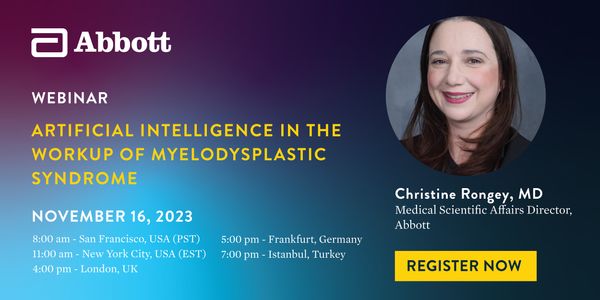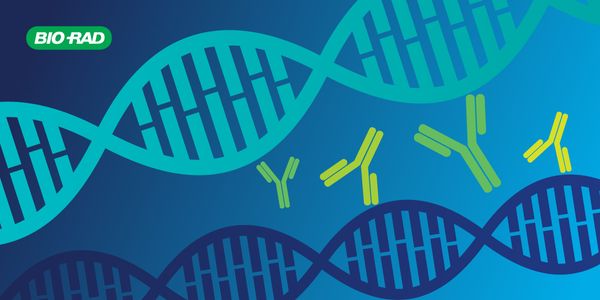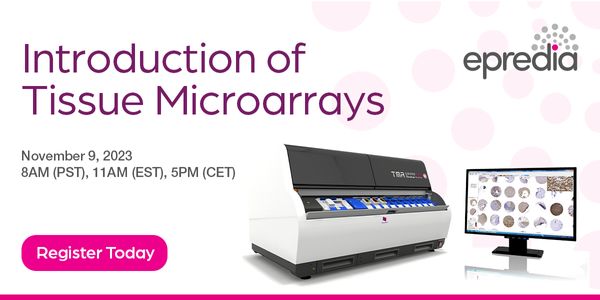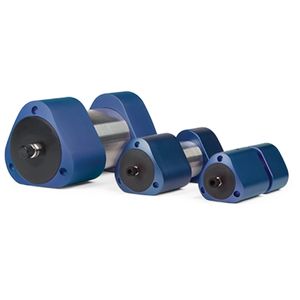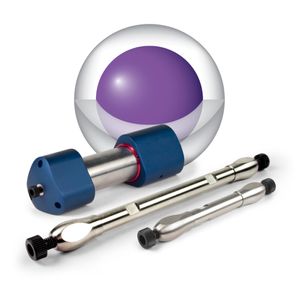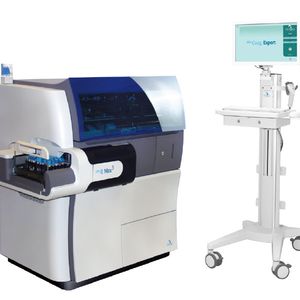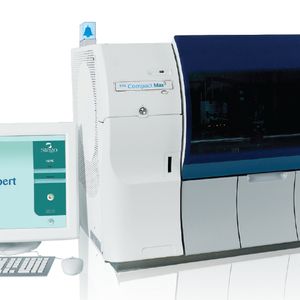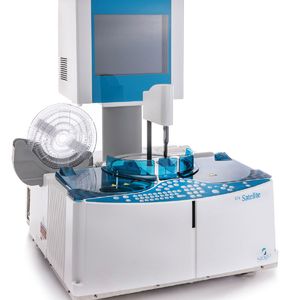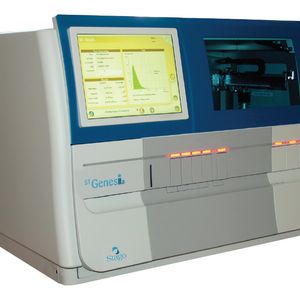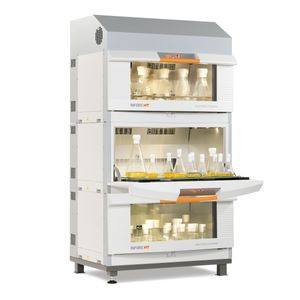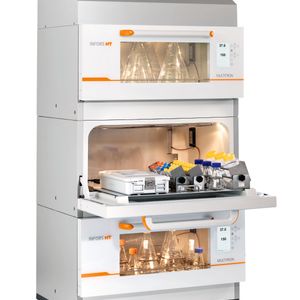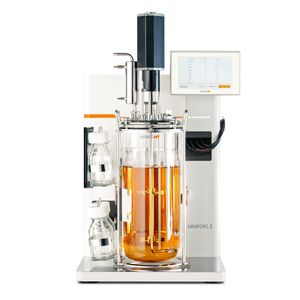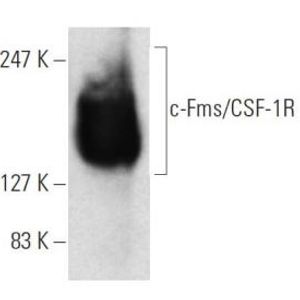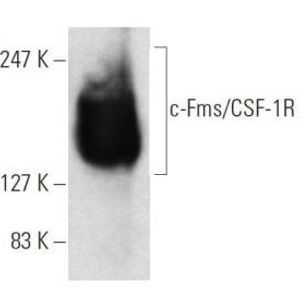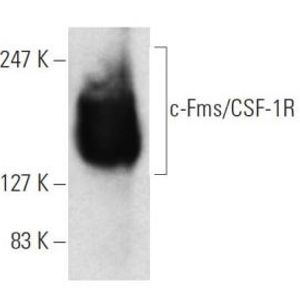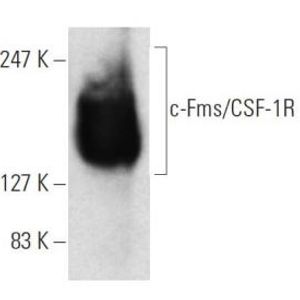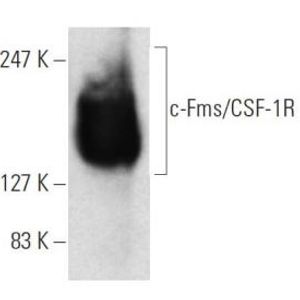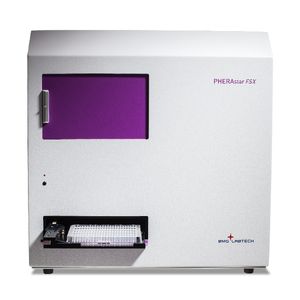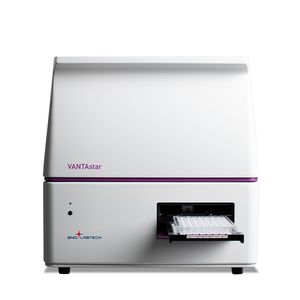WEBINARS
Our webinars allow users to learn from experts and earn continuing education credits on industry topics, progress in research, services available, and more.
Show More
-
DEC 01, 2023 | 6:00 AMC.E. CREDITSIn recognition of World AIDS Day, we invite you to discover the innovative work being done to help end the HIV epidemic in some of the hardest hit areas in India. A diagnosis is the first st...
-
Pathology Perspective: Discover the critical need for genomic testing in cancer and explore the differences between traditional tissue biopsies and liquid genomic profiling. We'll dive i...
NOV 30, 2023 | 8:00 AM
Please join us for a new webinar where we will discuss intravenous (IV) in-line filtration This comprehensive webinar will take you from key concepts to routine use. Lifesaving intravenous d...
NOV 29, 2023 | 10:00 AM
High content screening at speed requires compromise: sacrificing resolution, sample coverage or both. This has limited high content screening’s utility as a high throughput tool. In or...
NOV 29, 2023 | 9:00 AM
Tumor genomic profiling can be complicated, especially for diseases that commonly have multiple different genomic biomarkers of interest, such as non-small cell lung cancer (NSCLC) and color...
NOV 29, 2023 | 8:00 AM
Light-sheet microscopy is a rapidly developing field thanks to the numerous benefits and vast number of implementations when imaging with a light sheet. However, these benefits are best real...
NOV 29, 2023 | 7:00 AM
The "Next-Gen Lab Informatics" webinar series explores the dynamic realm of Quality Control (QC) and analytical testing, spotlighting Laboratory Execution Systems (LES), a crucial...
NOVEMBER 16, 2023 2:00 PM ET
During this presentation we will look at the methods for performing microbial testing of liquids. We will review the equipment and discuss some......
NOV 16, 2023 | 10:00 AM
Across various stages of the clinical oncology workflow, from panel design to genomic testing and molecular tumor boards, the identification and validation of actionable genomic alterations...
NOV 16, 2023 | 9:00 AM
The digital transformation of the field of biotech R&D is accelerating, driven by the integration of artificial intelligence (AI) and machine learning (ML). These technologies are reshap...
NOV 16, 2023 | 8:00 AM
C.E. CREDITS
Myelodysplastic Syndrome (MDS) requires a complicated workup that can be supported by Artificial Intelligence (AI). Initial findings using AI have shown that MDS can be preliminarily identif...
NOV 16, 2023 | 8:00 AM
abstract will go here...
NOV 16, 2023 | 8:00 AM
To bring your cutting-edge cell and gene therapies to the patients that need them as quickly as possible, you need access to the most knowledgeable scientists, innovative technologies, metho...
Join our webinar to discover how automated sample preparation can free your lab from the time-consuming, costly, and complex manual workflows in proteomics. In the ever-evolving field of pro...
NOV 15, 2023 1:00 PM ET
C.E. CREDITS
Summary: Internal quality control is an integral process of laboratory testing. A clinical laboratory's coagulation quality control (QC) program is a critical component of its quality as...
NOV 15, 2023 | 9:00 AM
Multicolor flow cytometry is beneficial because it allows us to gain deeper insights from a given biological sample, with fewer repeat markers in each tube and quicker results. In this three...
NOV 15, 2023 | 7:00 AM
Join Assoc. Prof. Dr. Alfonso Blanco, the Director of the Flow Cytometry Core Technologies in the University College Dublin for a review of what he looks for in new cytometry analyzers and s...
Spheroids and organoids, two examples of 3D cell culture models, have become invaluable tools to study the processes that dictate behavior of tissues under physiological and pathological con...
NOV 14, 2023 | 10:00 AM
C.E. CREDITS
Assessment for anti-dsDNA antibodies provides some of the most significant challenges in autoantibody serology testing. Anti-dsDNA antibodies are an important biomarker for systemic lupus er...
NOV 14, 2023 | 9:00 AM
Every R&D company faces similar challenges when integrating lab instruments into a scientific process. Teams require accurate, usable instrument data, and as companies scale, they’...
NOV 14, 2023 | 8:00 AM
RNA-Seq remains a critical and robust methodology in understanding cellular and organismal changes associated with development and disease. Advances in automation have helped reduce the cost...
NOV 14, 2023 | 6:00 AM
C.E. CREDITS
It is over half a century since haemoglobin A1c (HbA1c) was recognised by medical professionals; the importance of HbA1c to the long term health of people with diabetes was clearly demonstra...
NOVEMBER 09, 2023 2:00 PM ET
Environmental testing involves the analysis of various environmental samples, such as air, water, soil, and sediment, to identify and quantify the presence of pollutants, contaminants, and o...
NOV 09, 2023 | 10:00 AM
The clinical laboratory for in vitro diagnostics is facing pressure these days to keep costs down whilst pressure increases to provide high quality services for more samples. Typically, clin...
NOV 09, 2023 | 9:00 AM
In this webinar, you’ll learn how to address your lab’s purification pain-points with methods and instrumentation to maximize your budget, time and increase overall efficiency. D...
NOV 09, 2023 | 8:00 AM
C.E. CREDITS
Tissue microarray combines tens to hundreds paraffin-embedded specimens into a single paraffin block. It is a practical and highly effective tool for high-throughput analyses including valid...
NOV 09, 2023 | 6:00 AM
In this talk we will explore the application of Multiplexed Error-Robust Fluorescence in situ Hybridization (MERFISH) technology to decode spatially regulated disease drivers in human heart...










